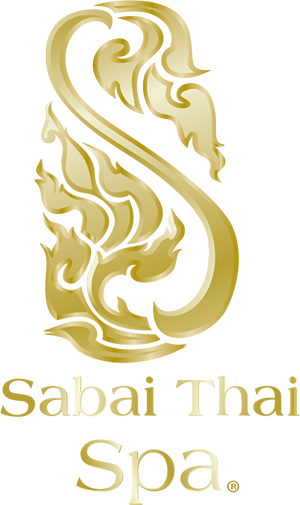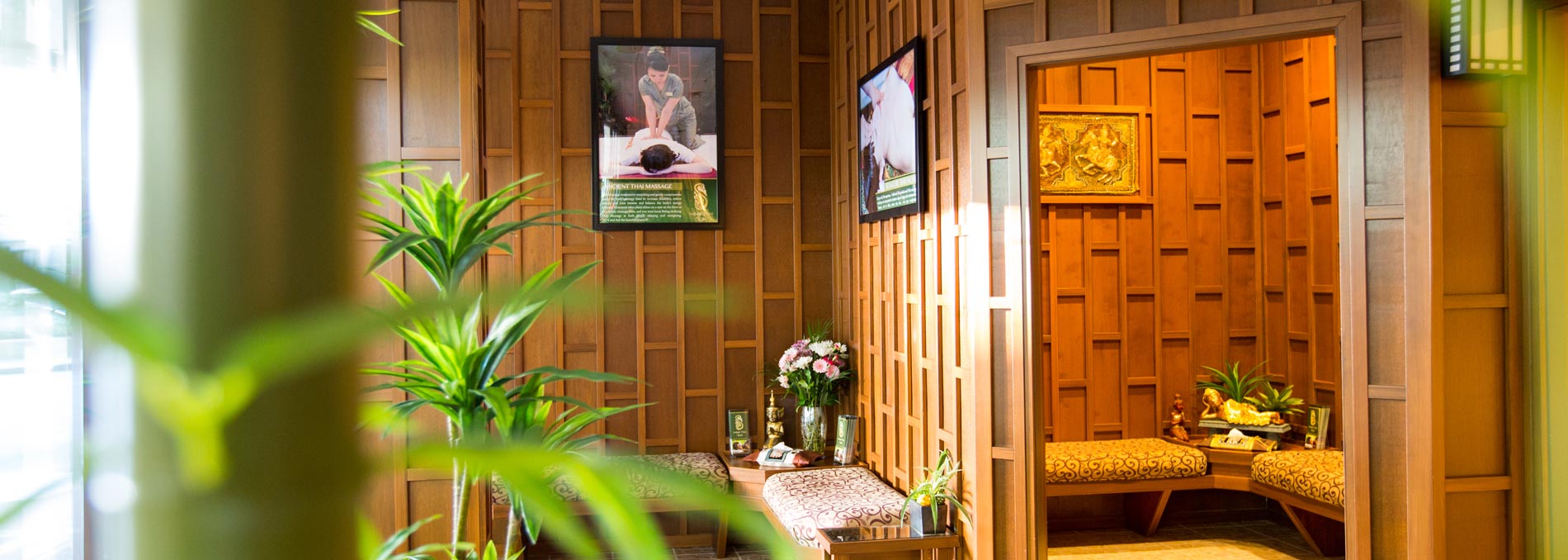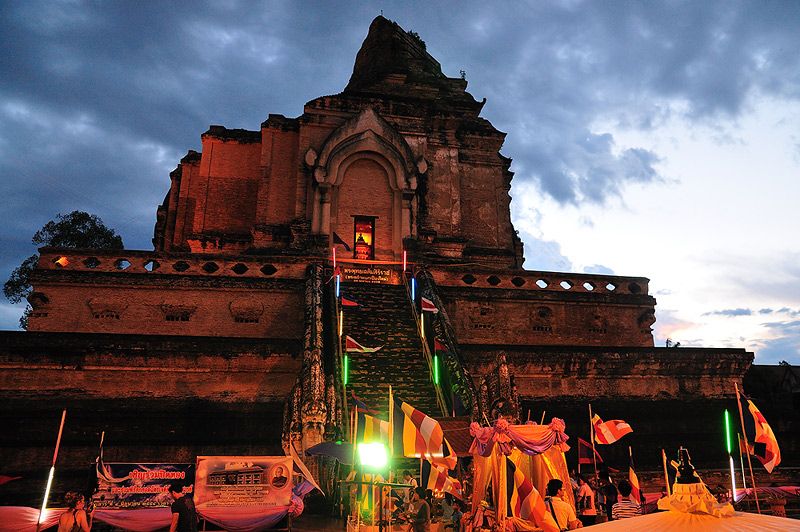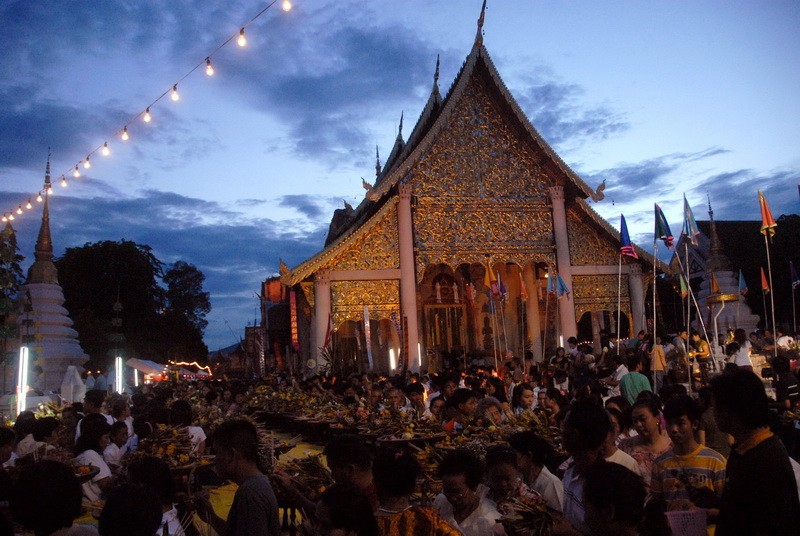Inthakin festival, also known as Sai Khan Dok is a festival held every year in Chiang Mai, Thailand. It is a uniquely Chiang Mai Festival. The citizens of Chiang Mai are given the opportunity to venerate the guardian spirits of the city, particularly the spirits associated with the City Pillar, known as Sao Inthakin (The Lord Indra’s Pillar). This pillar had been used for an earlier city built in the same area and is associated with the Hindu god Lord Indra.
HISTORY
The history behind the pillar dated back when Chiang Mai was founded by King Mengrai at the astrologically auspicious time of 4 am on the morning of April 12, 1296. Originally, the pillar was laid at Wat Sadeu Muang (Temple of the Navel of the City), near the Three Kings Monument. Later, the city fell on hard times, being occupied by Myanmar for nearly two hundred years. Many Chiang Mai people believe these calamities occurred because their ancestors failed to respect the city’s guardian spirits.
Consequently, when Prince Kawila was able to defeat Myanmar and renovate the city in 1800 he paid special attention to the needs of the guardian spirits. He moved the pillar from the decayed Wat Inthakin to the temple of Wat Chedi Luang, built a special pavilion for it, and planted three large trees near the pavilion. A local belief is that if the tree nearest the pavilion falls, then so does Chiang Mai.
The festival takes place over 8 days, starting from the twelfth day of the waning moon of the sixth lunar month. In 2013 this is June 5-12. Note that on the eighth day there is no offerings given, only some concluding ceremonies.
CELEBRATIONS
The festival begins with a procession around the old town of the city. A Buddha image called Phra Fon Saen Haa (the Five Hundred Thousand Raindrop Buddha) is carried, blessed with lustrous water and placed in the courtyard of the temple. After this the devotees are allowed to venerate the Buddha and the City Pillar, and to place flowers, candles and incense in each of twenty-eight bowls laid out on mats in the temple.
This ceremony is known as Tham Boon Khan Dok or Flower Bowl Blessing. The best time to see this is at night. The temple is dramatically lit up and the streets around the temple are filled with vendors selling not only flowers, candles and incense to the worshipers, but also lots of food and drink. There are also cultural performances and dance displays.
Finally, at the end of the celebration, another procession goes around the city moat. This ceremony, known as Tham Boon Muang (City Blessing) is designed to propitiate the guardian spirits of the moat and city gates, and to ensure the city’s prosperity for another year.
While this is clearly a Chiang Mai festival for Thai people, it is a colorful and friendly event open to everyone. It is possible to participate in the ceremonies as long as the standards of propriety are followed, which means appropriate clothing and behavior on the temple grounds. There are plenty of friendly people who participate and are happy to help.




